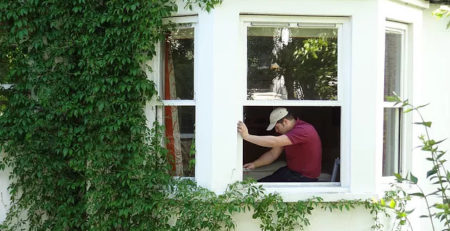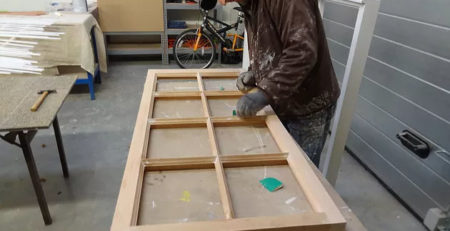A Concise History Of The Creation Window Tax In The United Kingdom
King William the third introduced a window tax into his Kingdom in 1696. Income tax was not in existence then as the populace considered details of their own income to be private and not a matter for the King to worry about. The window tax was introduced to get around this problem. Read on to discover more about the historical facts about an old taxation system on windows in the United Kingdom.

Of his subjects, the King decided that the most fair method of taxation would be by looking at the size of people’s houses. Each person who owned a house would have to pay a fixed fee of 2 shillings. This is about 10 pence in the new system. As well as this, if the house was large and contained more than 10 windows, there were extra taxes to pay.
For a property which had between 10 and 20 windows the householder would pay an extra four shillings on top of the base line 2 shillings. For a property with over twenty windows, the window tax was 8 shillings extra. In later years, the minimum number of windows which would be taxed was reduced to 7. In 1825, a house with a minimum of 8 windows was to have an extra tax imposed.
Poor subjects who were eligible for the church’s charity could claim an exemption. This was irrespective of the number of windows their dwelling contained.
The unpopularity of the tax meant that in the 17th and 18th centuries, many people with larger houses bricked up their extra windows. It is possible they did this to try to get around paying the window tax. William Pitt the Younger of Scotland took up this tax in the 1780s. To avoid paying this extra tax, many Scots are thought to have painted over their existing windows. These painted over windows can still be seen by visitors to Edinburgh’s Charlotte Square. These are known as Pitt’s pictures
Many of the more wealthy families of the time were thought to show off their wealth by having houses of many windows built. They may even have had extra windows put in were walls existed to prove that they could afford to pay the tax.



Leave a Reply